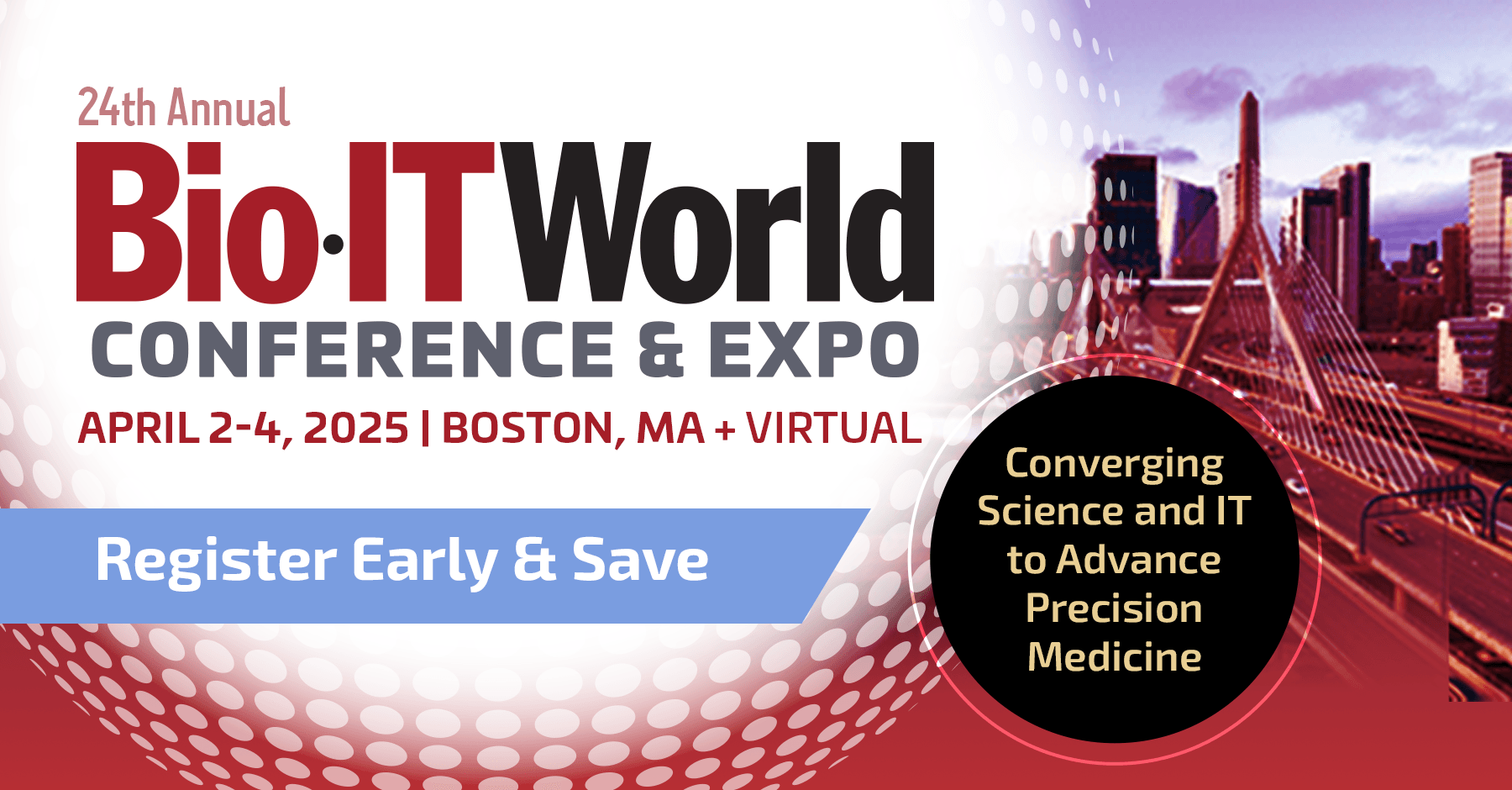
Come see us at Booth #203 during the Bio-IT World Conference & Expo 2025, taking place April 2–4 in Boston. This premier event brings together scientists, IT professionals, and life science innovators to explore the latest advancements in data management, cloud computing, AI-powered drug discovery, and collaborative informatics.
You’ll find Bill Maloy, Jacqueline Macia, Kelly Bachovchin, Mitchell Buckley, Pat Deesen, Raffaele Fiorenza, and Ralf Felsner onsite. Stop by to say hello and learn how we’re helping organizations unlock the full potential of their research data
📢 Don’t miss these featured talks:
🎤 Patrick O'Mara, Associate Director, Research Informatics, Photys Therapeutics
📅 Thursday, April 3, 3:00 pm
🔹 "Building a Serverless Data Platform for Biotech Companies"
This presentation showcases the construction of a serverless data pipeline for biotech start-ups. Using Apache Airflow on Google Cloud Composer, it automates data transfers between Egnyte, CDD Vault, and BigQuery. Highlighting CDD Vault's robust API and data model, the talk demonstrates how this solution enhances data management, accelerates insights, and supports innovation, offering a scalable and cost-efficient approach for biotech organizations
🎤 Ralphie Fiorenza, Product Manager, Collaborative Drug Discovery (CDD Vault)
📅 Friday, April 4, 12:10 pm
CDD Vault's Macromolecule mode allows researchers to compose and edit DNA, RNA, and Peptide sequences, including unnatural modified bioconjugates. This mode allows users to easily switch between chemical and sequence-based representations, and supports IDT, HELM, and FASTA formats, as well as designing molecules directly on a canvas. Researchers can use a growing library of custom monomers or define and register their own. Registration and duplicate checking of the various formats and modifications is handled through generation of a Self-contained Sequence Representation (SCSR) V3000 molfile. This enables manual and bulk registration of biomolecules with their underlying full-atomistic composition along with atomistic substructure searching.
Also, don't miss Christopher Southan's poster, "Using Ontologies to Make Bioassay Protocols Machine-Readable."
Also, don't miss Christopher Southan's poster, "Using Ontologies to Make Bioassay Protocols Machine-Readable."
Want to connect with our team at the event? Fill out our form to schedule a meeting.
For more details and registration, visit the official event page here.


